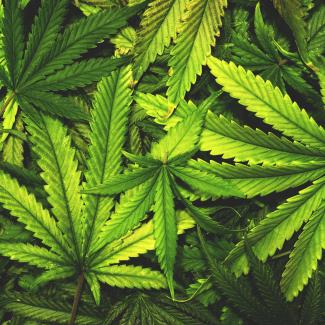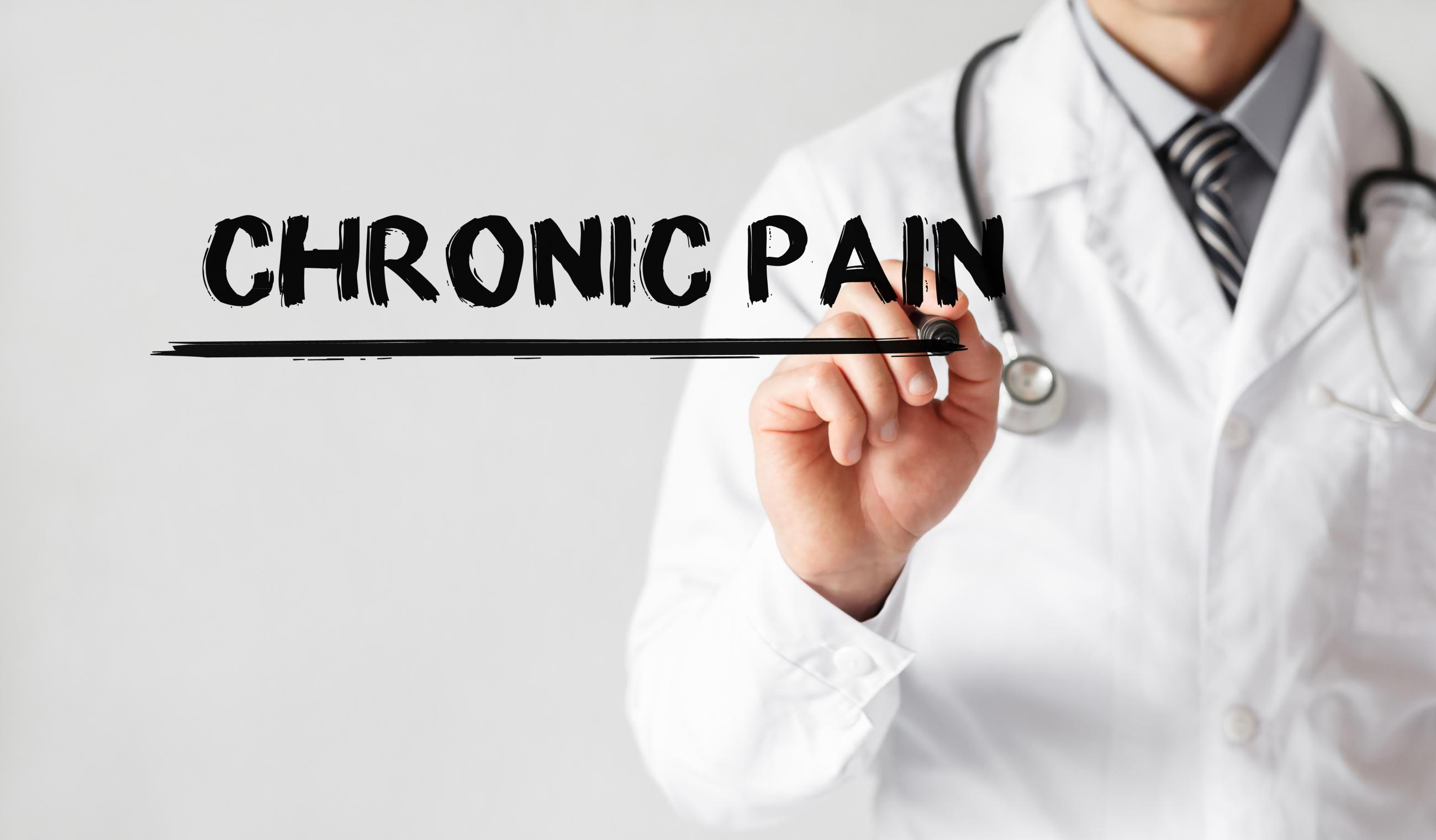According to the Institute of Medicine of the National Academies (1), more than 100 million Americans suffer from chronic pain, or pain which lasts more than 3 months. Considering the average US painkiller prescription rate, is 82 prescriptions for every 100 people, chronic pain is leading to an even more devastating problem. More than 52,000 people died in 2016 due to drug overdose with more than 20,000 attributed to prescription painkillers, and the New York Times (2) preliminary estimates for 2017 show at least a 19% increase over that number. As the opioid epidemic explodes across the United States thousands of lives are lost each year to overdose, leaving patients scrambling for alternative treatments for chronic pain.
The Cannabis Alternative
Chronic pain is just one of the many ailments of which cannabis shows strong medicinal potential. Traditional medications for chronic pain may help curb the sensation of pain initially, however, long-term use of these medications can lead to devastating side effects including sedation, dizziness, nausea, vomiting, mood changes, severe constipation, physical dependence, tolerance, and respiratory depression. Opiate use is highly addictive, easy to overdose, and withdrawal can be debilitating.
Cannabis, on the other hand, has relatively few negative side effects, aside from dry eyes, dry mouth, sedation, increased appetite, and/or euphoria. New cannabis users feel these side effects initially, however, most fade over time. In addition, it has been proven virtually impossible to overdose on marijuana, therefore, self-medicating and dosage do not put the user at risk. In fact, according to the DEA, it would take 20,000 to 40,000 times the amount of THC in a single joint to risk fatality.
Statistically, cannabis has already shown promise in curbing the over-medication of chronic pain patients. In 2014, the JAMA Internal Medicine (3) published a study which found states with legalized marijuana had a 25% reduction in deaths associated with opioids. Supporting these findings, another study published in the journal of Health Affairs in 2016 (4), shows that doctors in states with legal marijuana prescribed 1,800 fewer painkiller prescriptions than doctors in prohibitive states.
How Cannabis Helps Chronic Pain
Although cannabis has been used medicinally since the dawn of time, it was the discovery of the endocannabinoid system (ECS) in 1992, when science started to understand why and how cannabis can be used as medicine. The ECS works to create homeostasis, as well as, control inflammation and pain, and a myriad of other physiologic processes. Cannabinoids produced by the human body called “endocannabinoids” bind with cannabinoid receptors, named CB1 and CB2, which are found throughout the body. While the body’s own endocannabinoids have been shown to have analgesic effects, they are relatively short lived, as endocannabinoids are easily degraded by enzymes.
Phytocannabinoids are produced by plants, like cannabis. The most common phytocannabinoid, delta9-tetrahydrocannabinol, or THC, is the most prevalent cannabinoid found in cannabis. Besides producing the euphoric effects associated with marijuana use, THC can also induce anti-inflammatory effects, analgesia, sedation, and relaxation, all of which are important in treating chronic pain.
Cannabidiol, or CBD, another phytocannabinoid, displays a number of medical properties like anti-inflammation, anti-convulsant, anti-spasmodic, and anxiolytic effects. Plus, CBD competes to bind with receptors, thus blocking the psychoactive effects of THC, making a combination of the two cannabinoids a powerful chronic pain medication without intoxication.
Success Story
After multiple rotator cuff surgeries on his shoulders, a cervical neck fusion gone wrong, a diagnosis of degenerative disk disease and spinal stenosis, Gary, a chronic pain patient from the Midwest, was left with daily, debilitating pain in his upper spine. Pain clinic doctors suggested opiates were just a natural part of his treatment. After moving to Colorado, Gary was not only able to eliminate a 10-year legal opiate addiction, he now controls his pain with THC and CBD-infused edibles. Gary says, “Pain and massive amounts of opiates were stealing all the energy, joy, and motivation I had. Now, with responsible cannabis therapy, I am active, healthy, and loving life again!”
Gary is just one of the many individuals who have experienced the miraculous benefits of medical cannabis. We understand that everyone’s situation is unique, but if you’d like to learn more about whether medical cannabis may be right for you, call and schedule an appointment with one of our doctors today!
References
- American Academy of Pain Medicine. Facts on Pain. PainMed.org. [Online] 2017. http://www.painmed.org/patientcenter/facts_on_pain.aspx#refer.
- Katz, Josh. Drug Deaths in America Are Rising Faster Than Ever. New York Times. 2017.
- Medical Cannabis Laws and Opioid Analgesic Overdose Mortality in the United States, 1999-2010. Bachhuber MA, Saloner B, Cunningham CO, Barry CL. 174, 2014, JAMA Intern Med., Vol. 10.
- Medical Marijuana Laws Reduce Prescription Medication Use In Medicare Part D. Bradford, Ashley C. Bradford and W. David. 2016, Health Affairs, Vol. 35.
























